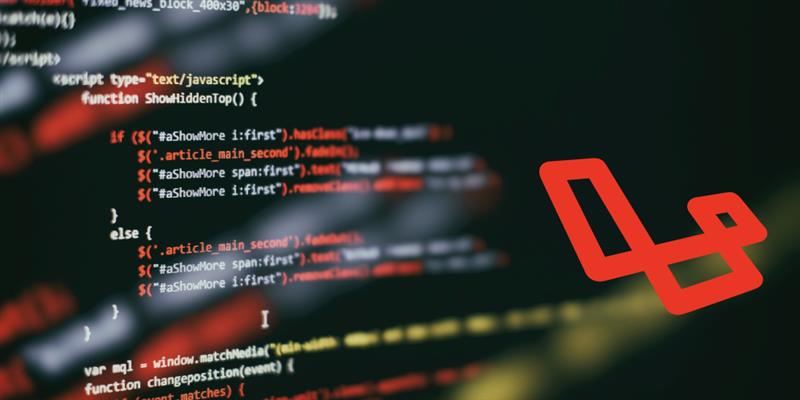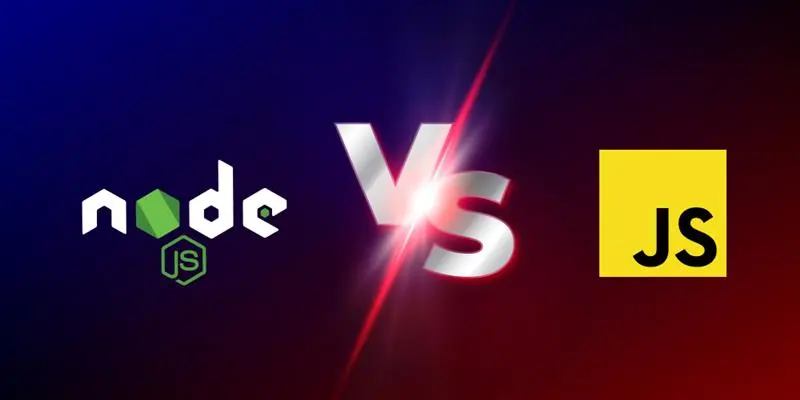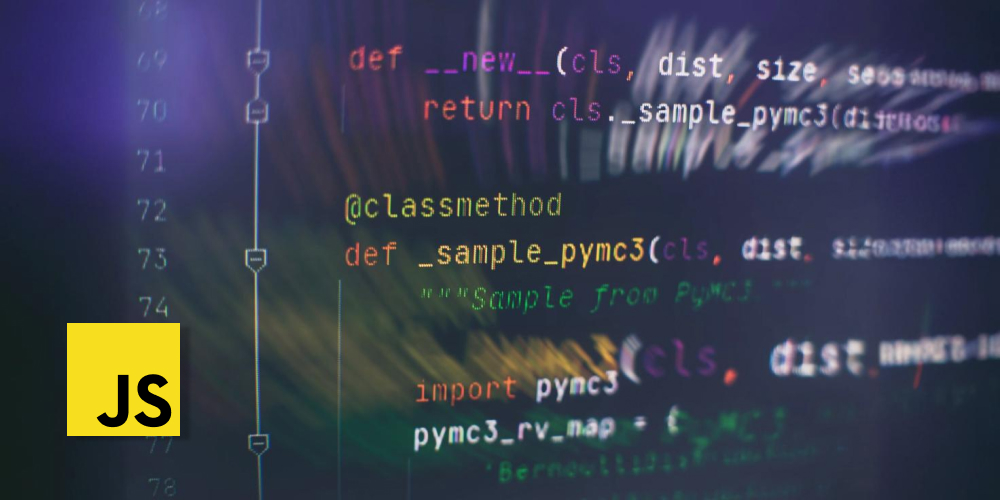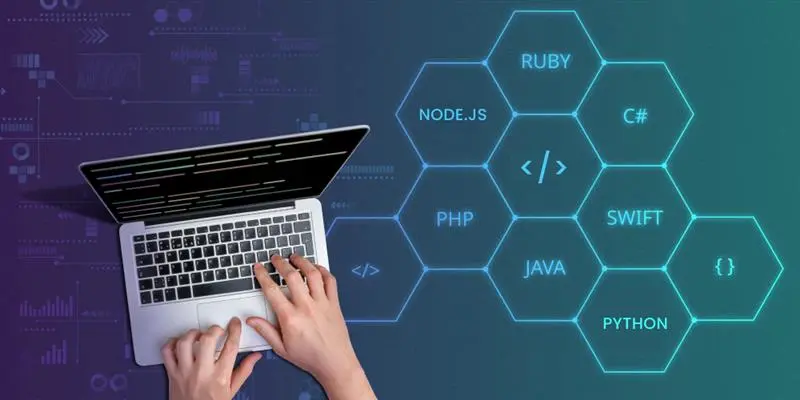From building web applications to performance optimization, user authentication, and handling database interactions, backend technologies are the cornerstone of everything. In 2025, a wide variety of backend frameworks-tailored to specific requirements- is confusing developers about which technology to pick. No matter what the nature of your project is, by leveraging the most popular backend frameworks you can ensure success.
In this blog, we are going to tell you about the 7 most popular technologies for backend development that you can select to build performance-oriented, scalable, and secure web applications.
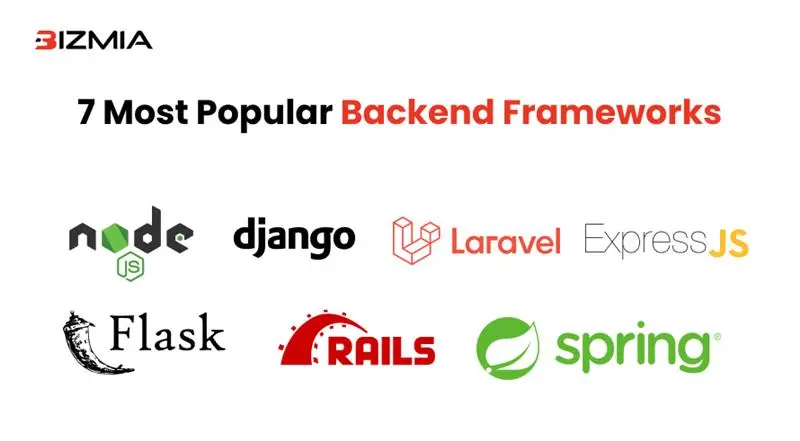
1. Node.js
Developed on Chrome’s V8 engine, Node.js is a strong JavaScript runtime. It empowers web developers to design server-side fast applications with the help of JavaScript. Thanks to its event-driven and non-blocking architecture, it is one of the most widely used backend frameworks for app development.
Moreover, because of its asynchronous behavior, it’s an ideal fit for managing concurrent operations efficiently.
Key Features:
Some prominent features of Node.js include:
- Developers can easily integrate various functionalities effectively and quickly due to the Node.js Package Manager (NPM) of Node.js. Moreover, you can hire skilled Node.js developers to develop applications.
- Lightweight and efficient performance
- Non-blocking I\O model is the best fit for real-time web applications.
Some Use Cases:
Some practical use cases of Node.js include:
- Data-intensive Single Page Applications (SPAs)
- RESTful APIs
- Collaborative tools (Like Google Docs-style apps)
- Real-time chat systems
Code Example:
Let’s see an example of how you can write code with Node.js:
const express = require ( ‘express’ );
const app = express ();
app.get ( ‘ / ’ , ( req , res ) = >{
res . send ( ‘ Hello World! ’);
});
app . listen (3000, ( ) => console.log (‘Server is running on port 3000’ ));Website: https://nodejs.org/en
2. Django
Being a high-level Python web framework, Django enables rapid backend development, and pragmatic, and clean design. Its set of dynamic features simplifies common web development tasks and allows web developers to focus on writing code for apps rather than reinventing the wheel.
Key Features:
Some useful features of Django are listed below:
- Built-in authentication support
- Backs ORM and routing
- Excellent security features to protect against cross-site scripting, SQL injection, and more
Some Use Cases:
Django is the best backend framework for building:
- E-commerce websites
- Content Management Systems (CMS)
- Scientific computing platforms
- Social media platform
Code Example:
Here’s a practical usage of Django:
from django. http import HttpResponse def hello_ world (request): return HttpResponse (“Hello , world!”)
Website: https://www.djangoproject.com/
Do you want to leverage the true potential of Django?
3. Laravel
To bring simplicity and elegance to web development, Laravel is a suitable and advanced PHP framework. It’s famous among developers for its active community, built-in features, and expressive syntax. That’s why experts consider it one of the best backend development technologies.
Key Features:
The top features of Laravel are:
- Blade- intuitive templating engine
- MVC architecture
- Dynamic security mechanisms
- Queue management
- Eloquent-strong ORM
- Other tools like Forge, Vapor, and Nova
Some Use Cases:
Some popular use cases of Laravel:
- CRM systems
- Building admin dashboards
- Social media sites
- RESTful APIs
Code Example:
See how you can write code with Laravel:
Route :: get ( ‘/’, function () {
return ‘ Hello World’;
});Website: https://laravel.com/
4. Spring Boot
Spring Boot is one of the JavaScript frameworks for creating production-ready applications. In the Java ecosystem, Spring Boot is a powerful technology and enterprises adopt it. Moreover, its bundle of libraries makes projects easier to manage.
Key Features:
Key features of Spring Boot are:
- Embedded servers
- Auto-configuration
- Production-ready features like metrics or health checks
- Microservices development
Some Use Cases:
Some practical examples of using Spring Boot include:
- Complex backend architectures
- Financial apps
- Enterprise systems
- APIs
- Microservices
Code Example:
Here we are citing a code example:
@RestController
public class HelloController {
@GetMapping ( “/” )
public String index () {
return “Hello World”;
}
}Website: https://spring.io/projects/spring-boot
5. Ruby On Rails
Commonly called Rails, it’s among the modern web frameworks. It is written in Ruby and promotes rapid web development. It’s an ideal fit for startups and developers who are eyeing simplicity and better speed.
Key Features:
- Packed with everything required for building database-driven web applications
- Built-in testing environment
- Scaffolding capabilities
- ActiveRecord ORM
Some Use Cases:
Practical examples of using Ruby on Rails include:
- Content heavy websites
- SaaS platforms
- Rapid prototyping
- MVPs
- Some powerful companies like Shopify and GitHub
Code Example:
See how to write code for building a web application with Ruby on Rails:
endclass WelcomeController < ApplicationController def index render plain: “ Hello World ” end
Website: https://rubyonrails.org/
6. Flask
This is a microframework that is written in Python. Although Flask offers core features, it doesn’t restrict developers. So, the functionality of apps can be extended if needed. Also, an ideal choice for companies who want to have full control over their app components.
Key Features:
- Useful features of Flask are:
- Lightweight nature and flexibility
- Request handling
- URL routing
- Template rendering
- Allows third-party integrations
Some Use Cases:
Prominent use cases include the development of:
- Microservices
- IoT applications
- Quick prototypes
- RESTful APIs
Code Example with Flask:
Learn how to write code in Flask for backend development:
from flask import Flask app = Flask (__name__) @app . Route (‘/’) def hello_world (): return ‘ Hello, World!’
Website: https://flask.palletsprojects.com/en/stable/
7. Express.js
It’s a minimalist framework for Node.js and takes care of the backend part of the web app development process. Express.js is unopinionated, fast, and the backend component of the MEAN stack (that includes Mongo DB, Express, Angular, and Node.js). Moreover, it’s a great choice for designing Single-page applications and RESTful APIs.
Key Features:
Express.js is a useful framework due to these features:
- Middleware support
- Lightweight routing
- Full control over request and response management
Some Use Cases:
This backend technology is used in:
- Serverless environments
- API-first services
- Messaging apps
- Social media sites
Code Example:
You can follow this example:
const express = require (‘express’); const app = express (); app.get ( ‘/’ , ( req , res ) => res.send (‘Hello from Express!’); app.listen (3000);
Website: https://expressjs.com/
Wrapping Up
To ensure high-grade performance and scalability of your web applications, selecting the right backend development framework is crucial. By picking any of the 7 discussed platforms in this blog, you can benefit from their active communities, tested design patterns, and structured documentation. That’s why it can be rightfully said that these backend frameworks are the backbone of your applications’ long-term viability.
Do you need expert assistance with backend development?
FAQs
1. Which are the top backend technologies to build apps?
Some of the top backend frameworks include Node.js, Django, Laravel, Spring Boot, Express.js, Ruby on Rails, and Flask. You can use them for building scalable web applications.
2. What is the most widely used backend framework among developers?
Developers mostly use Node.js for backend development due to its unmatched performance in taking care of real-time capabilities and asynchronous operations.
3. What are the advantages of using popular backend frameworks?
If you opt for a most popular backend framework, you get community support, extensive documentation, regular updates, and a mature ecosystem to work.
4. Which framework is the best for building APIs?
For building APIs, developers mostly prefer Flask, Express.js, and Django. They provide flexible and fast ways to create GraphQL and RESTful APIs.

